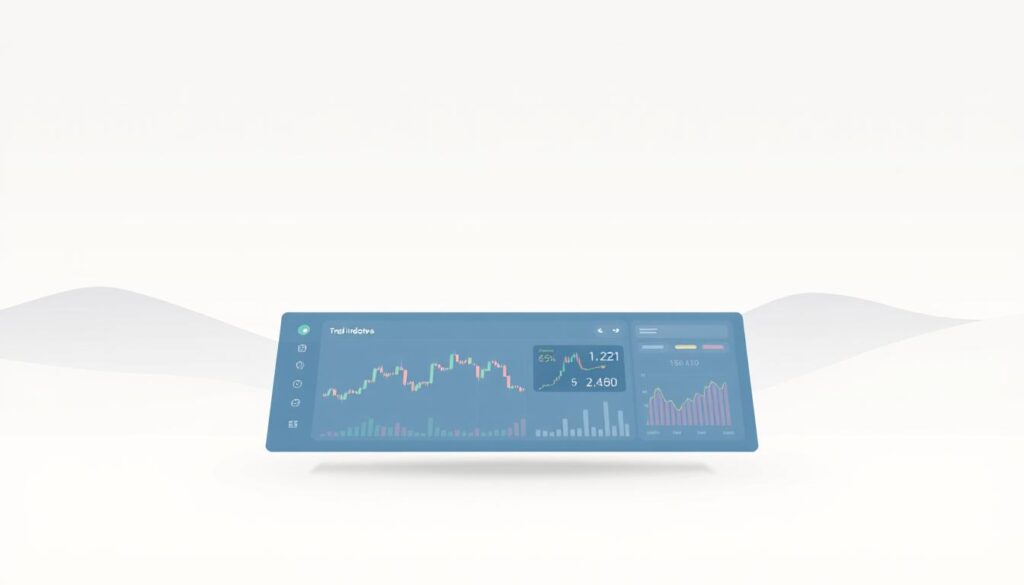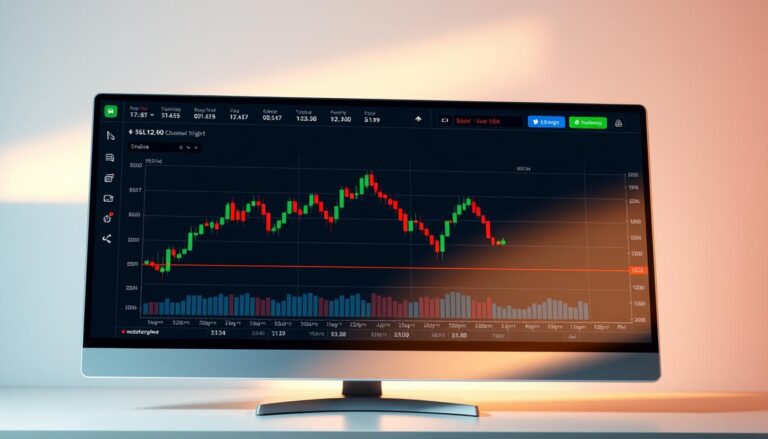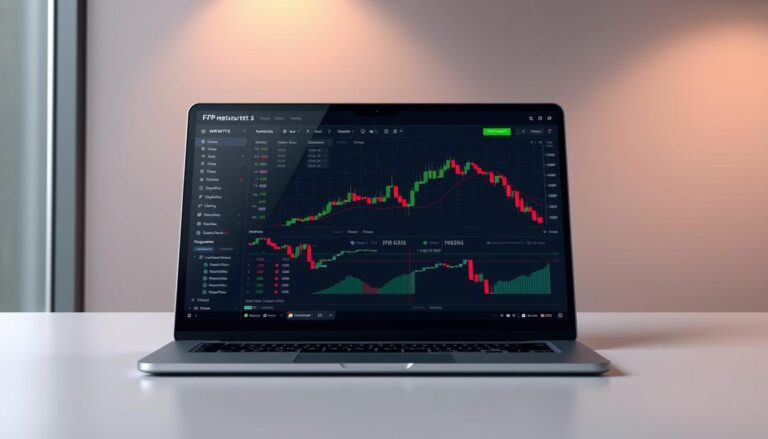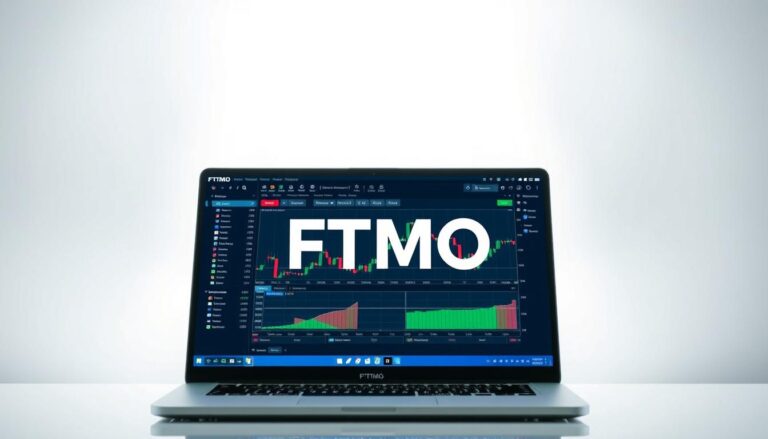Top MT4 No Lagging Indicators for Traders
In the fast-paced world of trading, speed is everything. Delayed signals can cause traders to miss crucial market opportunities. This often leads to reduced profitability. Traditional technical analysis tools can sometimes fall behind the current price action.
A special category of tools aims to solve this problem. They provide real-time or near-instantaneous feedback on market conditions. These advanced tools process price data differently from conventional methods.
They utilize sophisticated mathematical algorithms to minimize computational delay. The goal is to offer a clearer, more immediate view of the market’s direction. This allows for more timely and confident trading decisions.
Understanding the difference between various types of analytical tools is vital. It helps traders select the right ones for their strategy. Whether a trader focuses on scalping or swing trading, the right tool makes a difference.
The effectiveness of these advanced tools depends on proper setup and understanding. They work best when combined with other analysis methods. Used correctly, they can significantly improve entry and exit timing.
Getting Started with No Lagging Indicators on MT4
The evolution of technical analysis has brought forth tools designed to eliminate the delay common in traditional methods. These advanced instruments process market data differently from conventional approaches.
What Are No Lagging Indicators?
Traditional analytical tools often rely on historical price averages that create inherent delays. Advanced tools use sophisticated mathematical algorithms for immediate responsiveness.
They process price information through complex formulas that remove smoothing effects. This allows for real-time detection of market cycles and trend changes.
Importance in Modern Trading
Today’s fast-moving markets demand tools that keep pace with rapid price action. Split-second timing has become essential for successful trading strategies.
These responsive tools provide significant advantages during volatile periods. They help traders identify optimal entry and exit points without outdated signals.
Understanding how these tools eliminate computational delay helps traders select the right instruments. This knowledge prevents choosing tools that falsely claim instant responsiveness.
Benefits of Using mt4 no lagging indicators
The primary benefit of using immediate-response analytical instruments lies in their real-time market interpretation. These tools process information differently from traditional methods.
Enhanced Trading Accuracy and Speed
These advanced tools provide signals that align closely with current price action. Traders receive actionable information immediately when prices change.
This immediate responsiveness allows for better entry and exit timing. It creates a competitive advantage for short-term strategies.
The combination of accuracy and speed helps reduce false alerts. Traders can distinguish genuine moves from temporary fluctuations.
Real-Time Market Insights
These instruments offer valuable insights as market conditions develop. Traders can identify emerging trends and momentum shifts.
Risk management improves with current information. Stop-loss and take-profit levels can be adjusted based on real-time data.
The educational value should not be overlooked. Immediate response helps traders understand market mechanics better.
Step-by-Step Guide to Installing Custom No Lagging Tools
Successful implementation of custom chart tools begins with correct file placement and configuration. This process ensures the analytical instrument functions properly and delivers timely market insights.
Downloading and Installing the Indicator
Traders should obtain custom analytical files from trusted developers. These files typically have .ex4 or .mq4 extensions.
The installation process requires navigating to the platform’s data folder. Users go to File > Open Data Folder > MQL4 > Indicators. They then copy the downloaded file into this directory.
After file placement, restarting the platform makes the new tool visible. It appears in the Navigator window under the Indicators section.
Configuring Settings for Optimal Performance
Applying the tool to a chart involves simple drag-and-drop action. The instrument then appears on the selected trading chart.
Configuration occurs through the properties dialog box. Traders adjust parameters like calculation periods and sensitivity levels. These settings should match their specific strategy and chosen timeframe.
Proper configuration ensures the tool processes market data efficiently. This maintains the instrument’s responsive nature during live trading.
Troubleshooting Common Installation Issues
Sometimes the platform doesn’t recognize newly added files. This usually stems from incorrect file placement or format issues.
If the tool doesn’t appear, verify the file is in the correct Indicators folder. Restarting the platform often resolves visibility problems.
Platform instability may indicate coding errors in the custom instrument. Testing on a demo account first helps identify functionality issues before live use.
Advanced Techniques and Customizing Your MT4 Charts
Professional traders elevate their analysis by carefully combining complementary chart instruments rather than overwhelming their screens. This strategic approach prevents information overload while providing comprehensive market insights.
Integrating Multiple Custom Indicators
The most effective setups typically include three to four complementary tools from different analytical categories. Traders should select one instrument for trend identification, another for momentum measurement, and a third for volatility assessment.
This balanced framework addresses multiple market dimensions simultaneously. Using redundant tools from the same category creates false confidence through repetitive signals.
Strategic organization ensures each tool provides unique information. Visual clarity improves when traders separate indicators between the main chart window and subwindows.
Automating and Fine-Tuning Chart Tools
Advanced traders create multiple templates for different trading scenarios. A scalping template might use short-term settings, while swing trading templates employ longer timeframes.
Custom scripts can automate specific tasks like position sizing or stop-loss management. Fine-tuning involves extensive testing to identify optimal parameters for specific market conditions.
Pattern recognition becomes more effective on uncluttered charts. Clear visual space allows traders to identify key formations without indicator interference.
Optimizing Your Trading Workspace on MT4
An organized trading environment significantly improves decision-making efficiency. Proper workspace setup allows traders to focus on essential market information without distractions.
Creating a clean workspace begins with establishing effective chart templates. These templates eliminate visual clutter and highlight critical trading data.
Setting Up Clean and Efficient Chart Templates
Traders should start with a blank chart and remove all existing analytical tools. They customize visual properties like background colors and grid settings.
A crucial step involves disabling the “Chart autoscroll” feature in chart properties. This prevents the chart from automatically jumping to recent price action.
After adding essential analytical tools, traders save the configuration as a template. Using descriptive names like “Swing-Trading-D1” helps identify templates quickly.
Saving a template as “default.tpl” applies it automatically to all new charts. This eliminates repetitive setup work and maintains consistency.
Utilizing Profiles for Different Trading Strategies
Profiles save complete workspace arrangements including multiple chart windows. They store chart positions, sizes, symbols, and timeframes.
Strategy-specific profiles support different trading approaches. A scalping profile might use minute charts while a trend-following profile uses daily charts.
Session-based profiles allow quick switching between market sessions. Traders can configure profiles for Asian, European, and American trading hours.
This organizational system helps traders adapt to changing market conditions efficiently. It supports multiple strategies within a single trading platform.
Wrapping Up Your Trading Toolkit
Comprehensive evaluation separates effective trading tools from misleading signals in dynamic market conditions. Traders should verify each analytical instrument through systematic testing before relying on it for live decisions. This prevents dependence on deceptive patterns that may vanish when market dynamics shift.
Drawing vertical lines on charts at signal points helps track stability over time. The market environment constantly evolves, requiring periodic reassessment of tool performance. Realistic expectations acknowledge that even the best analytical instruments work within specific conditions.
Long-term success depends on integrating reliable tools into a complete trading system. This includes risk management protocols and disciplined execution habits. The speed advantage gained from responsive chart tools enhances timing when combined with comprehensive planning.











